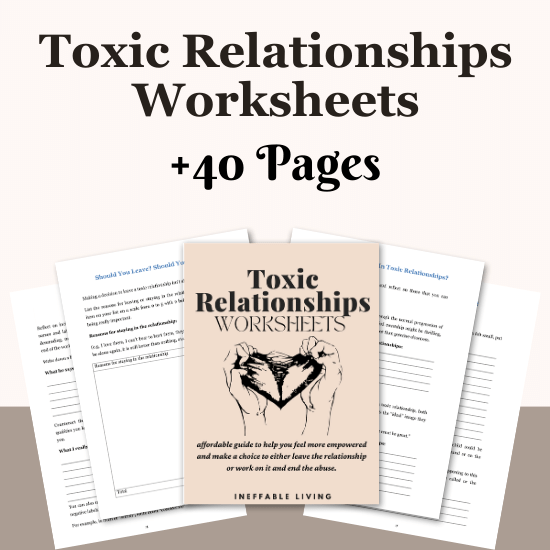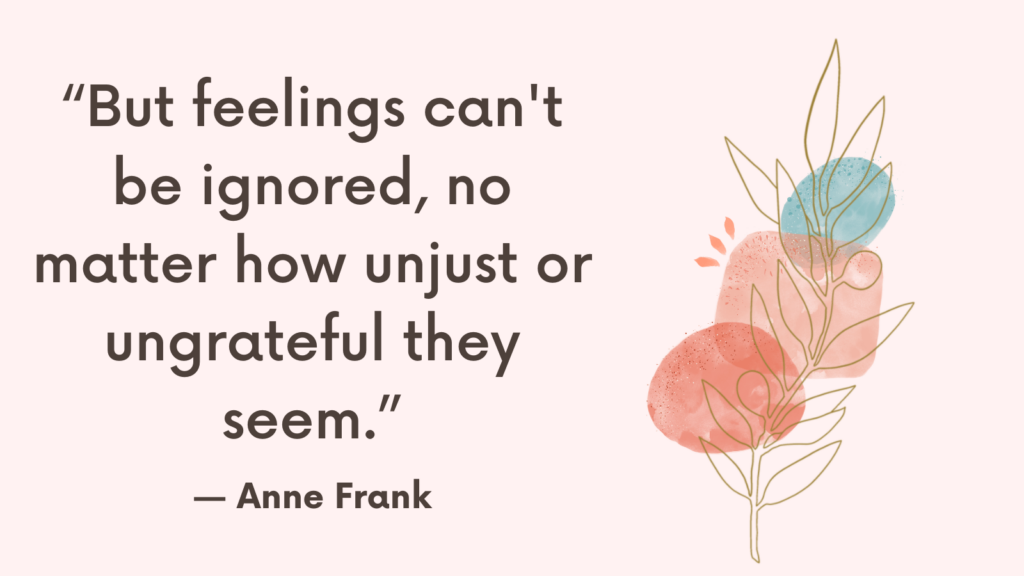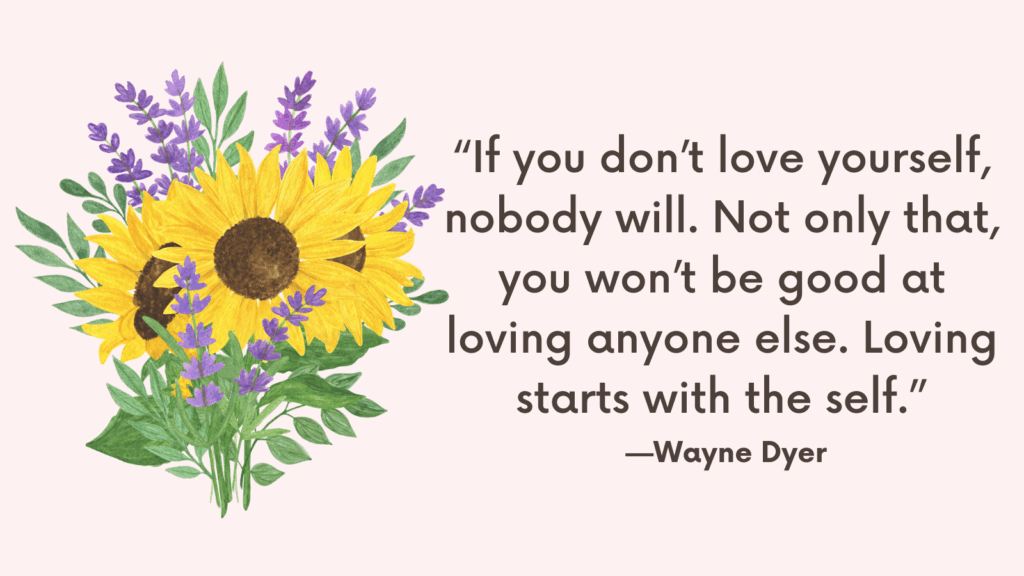Navigating conflicts in relationships can be challenging, especially when one partner shuts down and refuses to communicate.
This behavior can be confusing and hurtful, leaving the other partner feeling isolated and frustrated.
In this blog post, we will explore the difference between being a poor communicator and using the silent treatment as a passive-aggressive tactic. We will also provide practical strategies for dealing with these behaviors effectively.
Poor Communication vs. Silent Treatment
Poor communication often stems from an inability or difficulty in expressing emotions and thoughts clearly.
This can be due to various factors, including a lack of communication skills, fear of vulnerability, or simply not knowing how to articulate feelings.
Individuals who struggle with communication might:
- Avoid discussing emotional topics.
- Respond with vague or minimal answers.
- Seem disinterested or detached during conversations.
Example: After a conflict, your partner might say, “I don’t want to talk about it,” because they genuinely don’t know how to express their feelings.
The silent treatment, on the other hand, is a deliberate act of withholding communication as a form of punishment.
It is a passive-aggressive behavior intended to control, manipulate, or inflict emotional pain on the other person.
Signs of the silent treatment include:
- Refusing to speak or acknowledge the other person.
- Providing one-word answers or minimal responses.
- Ignoring attempts to resolve the conflict.
Example: After an argument, your partner gives you the cold shoulder for days, refusing to engage in any conversation.
Related: 10 Toxic Communication Styles to Avoid In a Relationship
Identifying the Root Cause
1. Assess Communication Patterns
Evaluate how your partner communicates in different situations.
Do they generally avoid deep conversations, or is their silence a response to specific conflicts?
Understanding their communication style can help you determine if the issue is poor communication or the silent treatment.
Example: Notice if your partner avoids discussing emotions even in non-conflict situations, which may indicate poor communication skills.
2. Observe Emotional Responses
Pay attention to your partner’s emotional reactions.
Do they seem overwhelmed, anxious, or defensive when discussing sensitive topics?
These reactions can suggest difficulties in communication rather than intentional avoidance.
Example: If your partner becomes visibly anxious or frustrated during emotional conversations, they might struggle with expressing themselves rather than intentionally shutting down.
How to Deal with Poor Communication?
1. Use Open-Ended Questions
Encourage your partner to express their feelings by asking open-ended questions that require more than a yes or no answer.
This can help them practice articulating their thoughts and emotions.
Example: Instead of asking, “Did you like the party?” ask, “What did you enjoy most about the party?”
2. Model Detailed Responses
Demonstrate how to provide detailed answers by sharing your own thoughts and feelings.
This can help your partner understand what kind of responses you are looking for and make them feel more comfortable sharing.
Example: If your partner says, “It was fine,” you could respond with, “I really enjoyed the food and meeting new people. What did you think about the activities?”
Related: How To Communicate With Your Partner Without Fighting?
3. Create a Safe Space
Ensure that your partner feels safe and supported when sharing their feelings.
Avoid judgment or criticism, and listen actively to what they have to say.
Example: Use affirming language such as, “I appreciate you sharing that with me,” to encourage more open communication.
How to Deal with the Silent Treatment?
1. Recognize the Behavior
Acknowledge that the silent treatment is a form of emotional manipulation.
Understanding this can help you respond more effectively and avoid feeling unnecessarily hurt or frustrated.
Example: Remind yourself that your partner’s silence is an attempt to control the situation, not a reflection of your worth.
2. Do Not Engage
Avoid reacting emotionally to the silent treatment. Instead, give your partner space and focus on self-care.Engaging in their behavior can reinforce the manipulation.
Example: If your partner is giving you the silent treatment, use this time to engage in activities that make you feel good, such as exercising or spending time with supportive friends.
Related: Why Do We Hurt The Ones We Love? Top 10 Reasons
3. Address the Issue Directly
Once your partner is willing to communicate, address the behavior directly but calmly. Explain how the silent treatment affects you and express your desire for healthier communication.
Example: “When you ignore me after an argument, it makes me feel hurt and disconnected. Can we find a better way to resolve conflicts?”
Long-Term Solutions
1. Encourage Professional Help
Suggest seeking couples therapy to improve communication skills and address underlying issues. A therapist can provide tools and strategies to foster healthier interactions.
Example: “I think seeing a therapist together could help us understand each other better and improve our communication.”
2. Establish Boundaries
Set clear boundaries regarding acceptable behaviors in your relationship. Let your partner know that the silent treatment is not an acceptable way to handle conflicts.
Example: “I need us to agree that we won’t ignore each other after disagreements. It’s important for us to talk things through.”
Related: I Can’t Talk To My Husband without Him Getting Angry: Top 8 Things to Do
3. Focus on Self-Improvement
Work on your own communication skills and emotional resilience. Becoming a better communicator and more emotionally balanced can positively influence your relationship dynamics.
Example: Take a communication skills workshop or practice mindfulness techniques to manage your emotions more effectively.

Conclusion
Dealing with poor communication or the silent treatment in a relationship can be challenging, but understanding the root cause and implementing effective strategies can lead to healthier and more fulfilling interactions.
By fostering open communication, setting boundaries, and seeking professional help when needed, you can improve your relationship and ensure both partners feel heard and valued.



